Jacob Evans in BBC:
 Six froglets of one of the world’s most threatened frog species have been born at London Zoo.
Six froglets of one of the world’s most threatened frog species have been born at London Zoo.
The arrival of the new Mountain chicken frogs has been heralded by conservationists, who estimate that just 20 frogs remain in the wild. Originally from the Caribbean, jumbo frogs are a local delicacy supposedly tasting like chicken and can reach up to 1kg (2lbs) – hence the name. An invasive fungus and continued habitat loss has ravaged the species. Zookeepers had suspicions offspring were on their way after the resident male Mountain chicken started digging a ‘bowl’ in the newly-built enclosure – in an attempt to entice his female counterpart.
His efforts paid dividends and shortly after a foam nest was created, where the tadpoles developed. During this period, the female frog feeds the tadpoles by producing infertile eggs until the tadpoles metamorphose. Mother mountain chicken frogs may feed their tadpoles 10-13 times during their development, meaning she may produce an estimated 10,000-25,000 eggs. Soon after the zoo welcomed six froglets to their colony.
Two females had been living together before a male was introduced in November and the births were the first Mountain chickens to be born at the zoo for five years.
More here.

 We breathe, eat and
We breathe, eat and 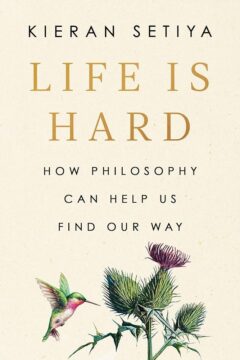 In the past decade or so, there’s been a flowering of philosophical self-help—books authored by academics but intended to instruct us all. You can learn How to Be a Stoic, How to Be an Epicurean or How William James Can Save Your Life; you can walk Aristotle’s Way and go Hiking with Nietzsche. As of 2020, Oxford University Press has issued a series of “Guides to the Good Life”: short, accessible volumes that draw practical wisdom from historical traditions in philosophy, with entries on existentialism, Buddhism, Epicureanism, Confucianism and Kant.
In the past decade or so, there’s been a flowering of philosophical self-help—books authored by academics but intended to instruct us all. You can learn How to Be a Stoic, How to Be an Epicurean or How William James Can Save Your Life; you can walk Aristotle’s Way and go Hiking with Nietzsche. As of 2020, Oxford University Press has issued a series of “Guides to the Good Life”: short, accessible volumes that draw practical wisdom from historical traditions in philosophy, with entries on existentialism, Buddhism, Epicureanism, Confucianism and Kant.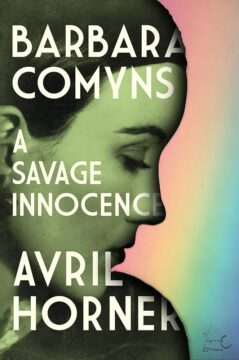 Barbara Comyns (1907–92) was a true original. The word ‘unique’ was often applied to her writing, along with ‘bizarre’, ‘comic’ and ‘macabre’. Her characteristic tone of faux-naïf innocence was established in her first novel, Sisters by a River (1947), which, as the Chicago Tribune observed in 2015, mixed ‘dispassion, levity and veiled ferocity’. Her friend and fellow novelist Ursula Holden put it this way: ‘Barbara Comyns deftly balances savagery with innocence, depravity with Gothic interludes.’ That balance of savagery and innocence is the underlying theme of Avril Horner’s compelling biography of an extraordinary woman.
Barbara Comyns (1907–92) was a true original. The word ‘unique’ was often applied to her writing, along with ‘bizarre’, ‘comic’ and ‘macabre’. Her characteristic tone of faux-naïf innocence was established in her first novel, Sisters by a River (1947), which, as the Chicago Tribune observed in 2015, mixed ‘dispassion, levity and veiled ferocity’. Her friend and fellow novelist Ursula Holden put it this way: ‘Barbara Comyns deftly balances savagery with innocence, depravity with Gothic interludes.’ That balance of savagery and innocence is the underlying theme of Avril Horner’s compelling biography of an extraordinary woman.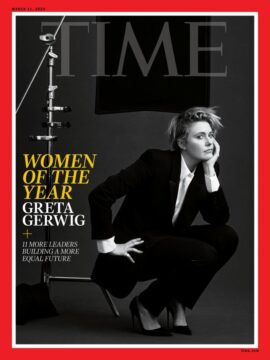 T
T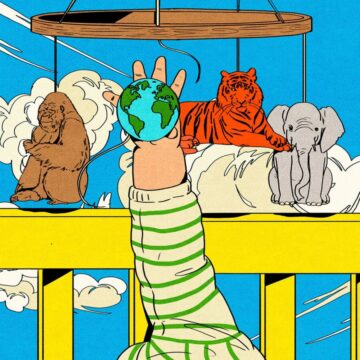 I
I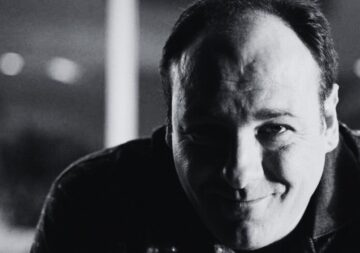 In the mid-1960s, network TV was suddenly awash in what scholars would later call “supernatural sitcoms.” My Favorite Martian featured an anthropologist from Mars who crash-lands in Los Angeles and hides out at a newspaper reporter’s apartment while he tries to repair his spacecraft. Mister Ed starred a talking horse who only speaks to his bumbling owner, Wilbur, and constantly gets him in trouble. Bewitched depicted a nose-twitching witch named Samantha who marries a nervous ad executive who insists she refrain from using her magical powers.
In the mid-1960s, network TV was suddenly awash in what scholars would later call “supernatural sitcoms.” My Favorite Martian featured an anthropologist from Mars who crash-lands in Los Angeles and hides out at a newspaper reporter’s apartment while he tries to repair his spacecraft. Mister Ed starred a talking horse who only speaks to his bumbling owner, Wilbur, and constantly gets him in trouble. Bewitched depicted a nose-twitching witch named Samantha who marries a nervous ad executive who insists she refrain from using her magical powers.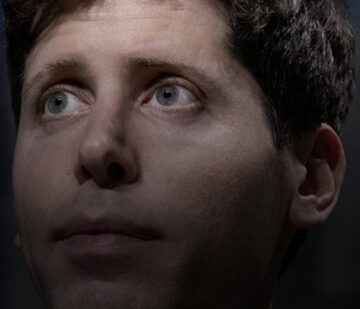 Last summer, OpenAI CEO Sam Altman
Last summer, OpenAI CEO Sam Altman  T
T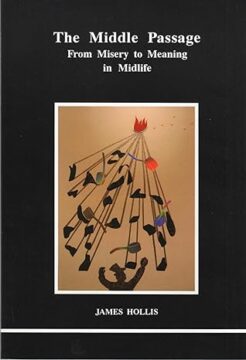 Hollis envisions these shifting identities as a change of axes, moving from the parent-child axis of early life to the ego-world axis of young adulthood to the ego-Self axis of the Middle Passage — a time when “the humbled ego begins the dialogue with the Self.” On the other side of it lies the final axis: “Self-God” or “Self-Cosmos,” embodying philosopher Martin Buber’s recognition that
Hollis envisions these shifting identities as a change of axes, moving from the parent-child axis of early life to the ego-world axis of young adulthood to the ego-Self axis of the Middle Passage — a time when “the humbled ego begins the dialogue with the Self.” On the other side of it lies the final axis: “Self-God” or “Self-Cosmos,” embodying philosopher Martin Buber’s recognition that  Literary Theory for Robots is mainly concerned with an alternative view—the “Aristotelian,” instrumental idea that intelligence represents the ability to successfully do shit—and not some internal, mental model. Intelligence is a set of mechanisms that one applies to one’s problems. It doesn’t matter what’s contained in those mechanisms, how conscious or self-conscious or “correct” they are, just that they work. Negotiating a ceasefire; completing a jigsaw puzzle; shifting gears; turning bread into toast—each of these requires intelligence to solve, and the degree of this intelligence is evaluated by (a) how well the set of mechanisms performs; and (b) how capably the same cocktail can be applied to other problems. A toaster is intelligent, Tenen argues, because its mechanism succeeds at turning bread into toast. And it sits at the bottom rung of a ladder, incapable of applying its wits to any other test.
Literary Theory for Robots is mainly concerned with an alternative view—the “Aristotelian,” instrumental idea that intelligence represents the ability to successfully do shit—and not some internal, mental model. Intelligence is a set of mechanisms that one applies to one’s problems. It doesn’t matter what’s contained in those mechanisms, how conscious or self-conscious or “correct” they are, just that they work. Negotiating a ceasefire; completing a jigsaw puzzle; shifting gears; turning bread into toast—each of these requires intelligence to solve, and the degree of this intelligence is evaluated by (a) how well the set of mechanisms performs; and (b) how capably the same cocktail can be applied to other problems. A toaster is intelligent, Tenen argues, because its mechanism succeeds at turning bread into toast. And it sits at the bottom rung of a ladder, incapable of applying its wits to any other test.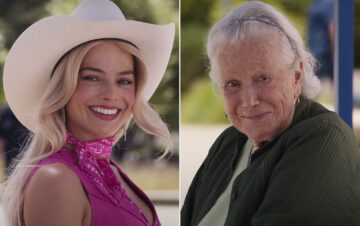 Young women’s social media feeds are flooded with
Young women’s social media feeds are flooded with  From the very early days of the pandemic,
From the very early days of the pandemic,  Donald Trump made an entire career out of whining about the mainstream media and still lives on nuggets of outrage dispensed to the faithful about how unfairly the media covered his glorious rule and the election he says was stolen from him. Democrats constantly gripe about the press identifying obvious weaknesses with Joe Biden, such as his age, his abysmal poll numbers, the lackluster support for his economic agenda, and his inability to hold together a basic coalition. Meanwhile, ideological outsiders and self-described “truth-tellers” have turned complaints about the media into a full-time business model of caterwauling about supposed censorship of their out-of-the-mainstream or
Donald Trump made an entire career out of whining about the mainstream media and still lives on nuggets of outrage dispensed to the faithful about how unfairly the media covered his glorious rule and the election he says was stolen from him. Democrats constantly gripe about the press identifying obvious weaknesses with Joe Biden, such as his age, his abysmal poll numbers, the lackluster support for his economic agenda, and his inability to hold together a basic coalition. Meanwhile, ideological outsiders and self-described “truth-tellers” have turned complaints about the media into a full-time business model of caterwauling about supposed censorship of their out-of-the-mainstream or